For decades, the global spotlight on fine dining often rotated between the rich classical traditions of France and the experimental frontiers of New Nordic cuisine. Yet, a quiet culinary revolution has been brewing on the Iberian Peninsula, culminating in Spain’s undeniable ascent to the top of the world's gastronomic charts.
Spain is no longer just a contender—it is the dominant force. The recent results from prestigious rankings like The World's 50 Best Restaurants, where a small country has secured multiple spots in the very top tier (including the number one spot, held by Barcelona’s Disfrutar), confirm what many food lovers already knew: Spain is, arguably, the "foodiest" country in Europe.
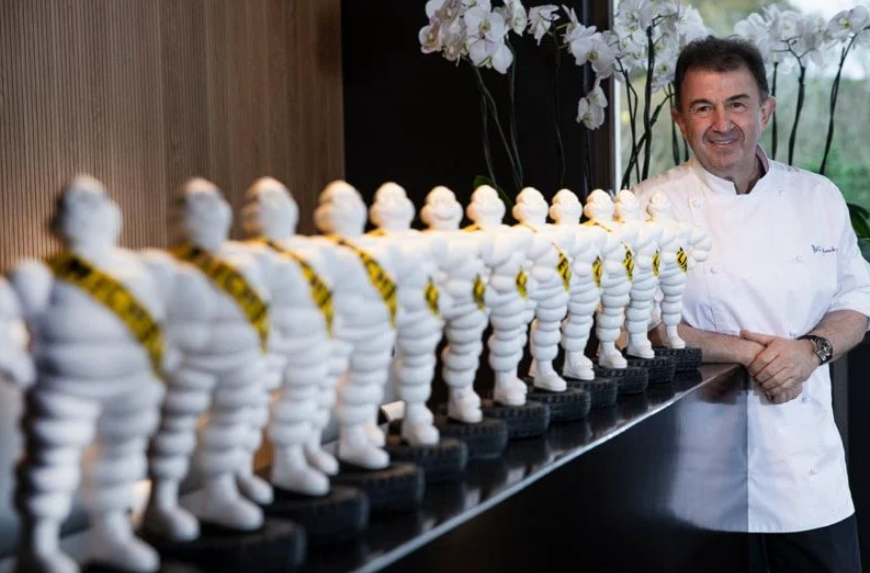
How did this happen? The country's dominance is not a fleeting trend, but rather a "perfect storm" fueled by a powerful combination of visionary innovation, unwavering reverence for its world-class ingredients, and an intensely democratic food culture.
1. The Avant-Garde Legacy: From El Bulli to Disfrutar
The foundation of modern Spanish culinary dominance was poured decades ago. In the 1970s, the Nueva Cocina Vasca movement, spearheaded by chefs like Juan Mari Arzak and Pedro Subijana, championed a fusion of traditional Basque cooking with creativity and modern flair, putting Spain on the haute cuisine map.
This set the stage for the global phenomenon of Ferrán Adrià's El Bulli. Until its closure in 2011, El Bulli shattered the rules of cooking, pioneering techniques like spherification and foams that are now standard in high-end kitchens worldwide.
The current world champion, Disfrutar in Barcelona, is a direct heir to this legacy. Led by El Bulli veterans Oriol Castro, Mateu Casañas, and Eduard Xatruch, Disfrutar continues to push the boundaries, serving tasting menus of over 30 dishes that seamlessly blend culinary art and science. As Chef Ángel León of the three-star Aponiente notes, Spanish chefs "are veterans," not positioning themselves according to passing fads.
The Iconic Dishes That Defined Modern Cuisine
The global impact of Spanish cuisine can be measured not just in awards, but in the specific creations that became worldwide sensations and inspirations:
-
The Liquid Olive (El Bulli, Ferrán Adrià): The single most iconic dish of the molecular gastronomy era. This perfect, jewel-like sphere of olive juice, coated in a delicate membrane through the process of spherification, burst on the palate with the intense, pure flavor of an olive. It was a revolutionary moment that demonstrated the potential of culinary science to manipulate texture and surprise the diner.
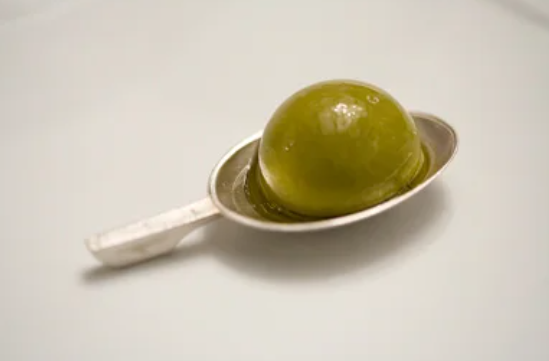
-
Marinas / Plankton Creations (Aponiente, Ángel León): Known as the "Chef of the Sea," Ángel León made his name by fearlessly exploring the ocean's depths. His signature ingredient is marine plankton, which he introduced to haute cuisine. Dishes like his Plankton Rice give a deep, ethereal taste of the sea, highlighting his work in creating a sustainable, blue gastronomy.
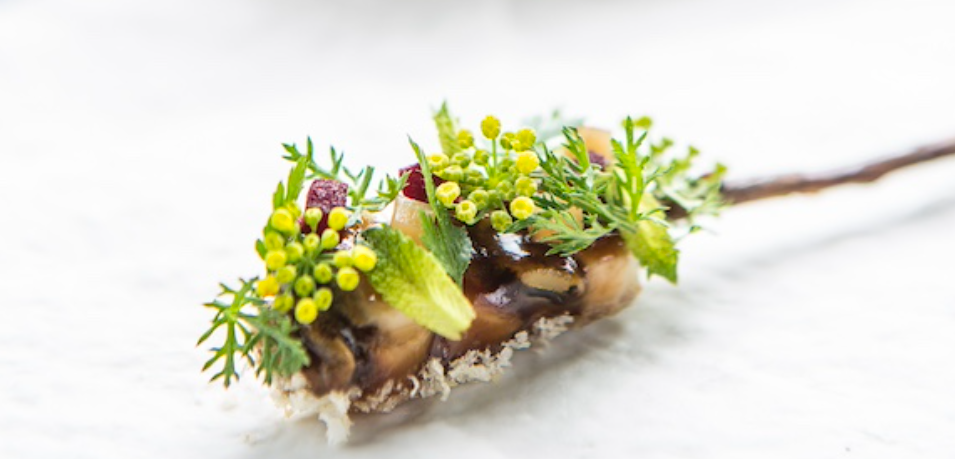
-
Spherified Caviar and Foams (Disfrutar, Castro, Casañas, Xatruch): Disfrutar continues the avant-garde tradition, showcasing dishes that are visual and textural illusions. Examples include a spectacular Panchino Bun oozing Beluga caviar from a siphon, and a Tartine of Foie Gras garnished with bubbles of spherified corn. These dishes show that the core techniques of the Spanish revolution are still fertile ground for new and playful creations.
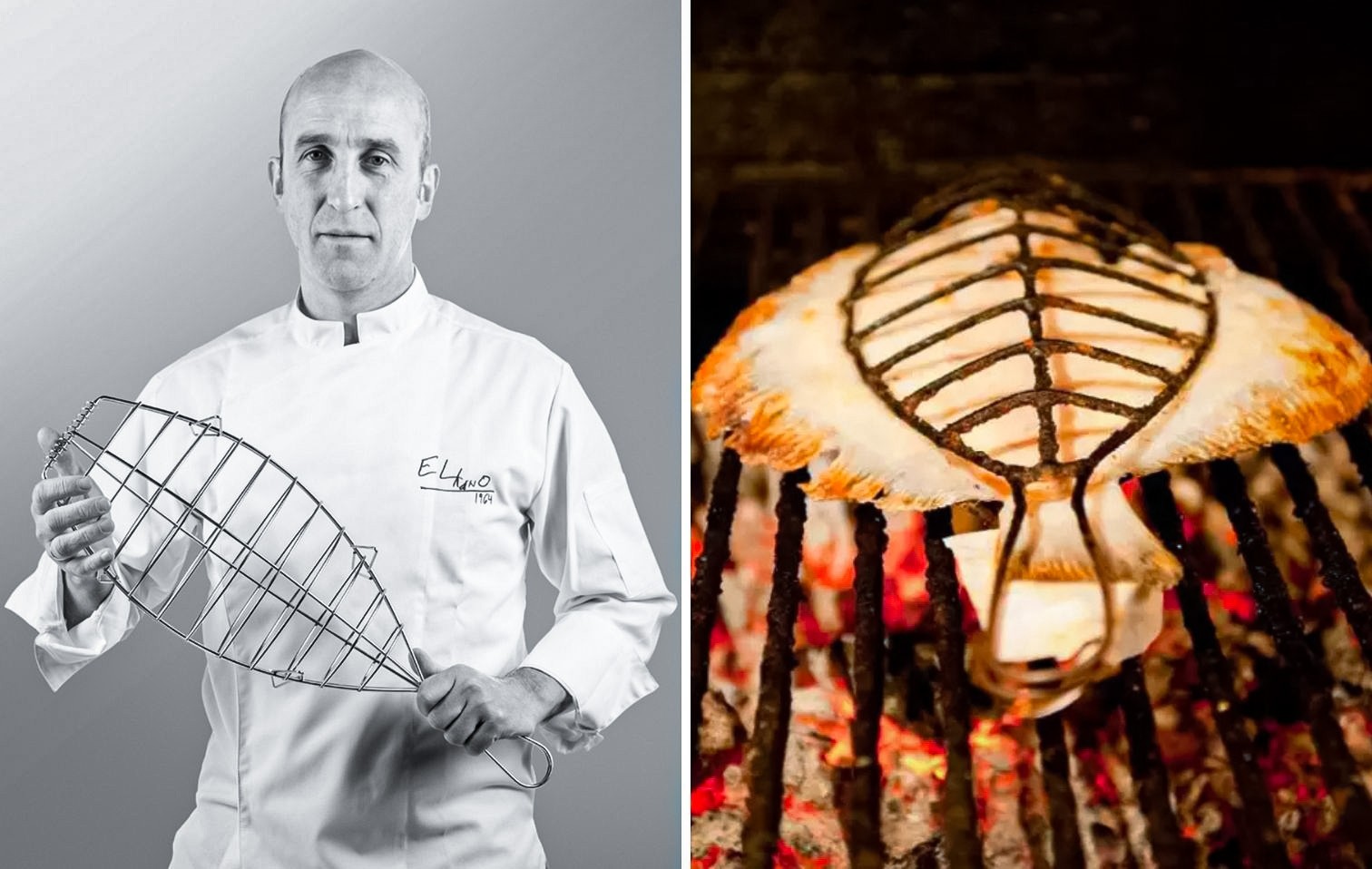
-
Whole Grilled Turbot (Elkano, Aitor Arregui): While seemingly simple, the mastery of the grill at Basque restaurants like Elkano is a profound culinary statement. The restaurant's signature dish is the Whole Grilled Turbot, cooked over coals on the bone, basted with an "injerto" (a mix of oil, vinegar, and the fish's own gelatin). The focus is not on invention, but on elevating the product to its absolute highest expression—a deceptive simplicity that requires immense skill.
2. The Power of Product and Place
While the avant-garde grabs the headlines, the soul of Spanish cuisine remains its unshakeable commitment to the highest quality, most diverse ingredients.
Spain’s incredible geographical diversity—with over 52 provinces—results in a vast pantry, from the legendary red tuna of Andalucía to the baby tear-shaped peas of Basque Country and the cave-aged blue cheeses of Asturias. This product-first philosophy is the bedrock of even the most acclaimed restaurants.
Take Asador Etxebarri (ranked No. 2 globally), a temple to grilling that elevates simple ingredients like prawns and turbot through a mastery of flame. Similarly, Elkano in Getaria, renowned for its whole grilled turbot, exemplifies the sophistication of tradition. As one chef described it, the country’s success is a balancing act: "Haute cuisine restaurants like Disfrutar apply all the creativity imaginable," while traditional spots like Etxebarri and Elkano are "also very sophisticated in their own way."
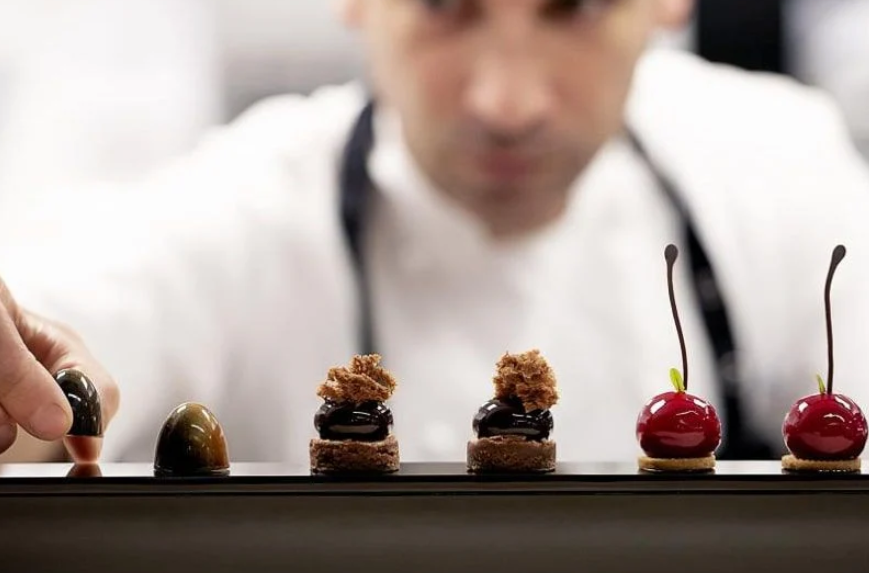
3. The High-Low Revolution
Perhaps the most compelling argument for Spain as the "foodiest" country is the accessibility and quality of its everyday dining. Unlike fine-dining scenes in some other nations, Spain’s culinary excellence is not restricted to expensive tablecloth restaurants.
The country's food scene is a joyful blend of high-end experiences and affordable tapas bars. In Spain, the local culture goes hand-in-hand with food. Techniques pioneered by Adrià—like foams or spherifications—are often found in the small bites of a neighbourhood pintxo or tapas bar.
As Chef León put it, "The way of eating in Spain is a privilege. We have both fine dining restaurants and affordable tapas, not to mention excellent mid-range restaurants... that you can't find in other countries." Even the Michelin Guide recommends hundreds of Spanish restaurants where one can enjoy a meal for less than 40 euros.
This vibrant, pervasive quality is what makes Spain a food tourist destination—a remarkable 28% of the 84 million international tourists who visited in 2023 came specifically to eat.
From the dazzling molecular creations of Barcelona to the smoky perfection of a Basque grill, Spain is a country that reveres its past while fearlessly embracing its future. By balancing wild innovation with deep, regional tradition and making quality food a part of daily life, Spain has stopped whispering and is now roaring its culinary prowess for the world to hear.